Error 2 in Haier washing machine
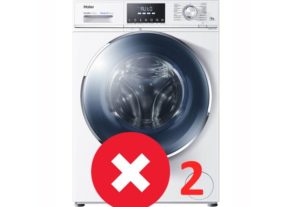 The leader among the errors found on Haier automatic machines is the code ERR2 or simply 2. Sometimes this error can be reset by simply rebooting the equipment. However, in most cases this measure is ineffective. What should I do if my Haier washing machine shows error 2? Is it possible to deal with the problem yourself without resorting to the help of specialists?
The leader among the errors found on Haier automatic machines is the code ERR2 or simply 2. Sometimes this error can be reset by simply rebooting the equipment. However, in most cases this measure is ineffective. What should I do if my Haier washing machine shows error 2? Is it possible to deal with the problem yourself without resorting to the help of specialists?
Code meaning
To start repairing it yourself, you need to figure out what exactly happened to the “home assistant.” Error 2 is displayed on the screen if the water from the tank is not drained within the required four minutes. There may be several reasons for the impossibility of removing water from the system:
- clogging or failure of the pump;
- problems with the drain hose;
- dirty filter.
Experts recommend starting to repair your washing machine by checking the garbage filter. Often this element becomes clogged and prevents normal drainage of water. The garbage filter is located in front of the washing machine, in the lower right corner behind a special door.
Unscrew the filter and carefully inspect the drain pump impeller through the resulting hole. Sometimes hair and lint get wrapped around its blades and it stops spinning. The cause of stagnant water in the tank may be a clogged or kinked drain hose. The pump itself may also fail. To eliminate error 2, you will have to check many elements of the automatic washing machine, so reserve some free time.
Cleaning the garbage filter
We decided what to do first. Let's check the garbage filter. The element on the Haier SMA is located behind a small hatch, on the right, in the lower corner of the front panel of the case.The filter element is checked as follows: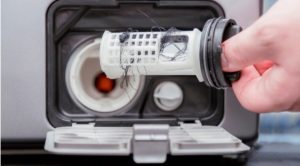
- Turn off the power to the machine and turn off the water supply. This is necessary for security reasons. It is unlikely that during work you want to get an electric shock or flood your apartment;
- open the door behind which the garbage filter is hidden. Typically the hatch is secured with a latch that can be easily opened using a slotted screwdriver or a knife with a rounded tip;
- Cover the floor under the machine with rags. As soon as you begin to unscrew the garbage filter, water will flow out of the hole. You can lift the equipment a little, place a basin under the body and then unscrew the element so that the liquid flows into the container;
- carefully unscrew the filter and pull it out of the CMA housing;
- clean the filter surface. First of all, large debris is removed - hairballs, foreign objects, threads, etc. Afterwards, using a regular sponge, the plaque is removed. Then the element is washed with good pressure of warm water.
Do not immerse the filter in too hot water - the plastic may become deformed and the rubber gasket may lose its seal.
Be sure to look into the hole and clean out any debris that has accumulated there. Using a rag or sponge, wipe the walls of the cavity from dirt deposits. Remove the wound hair from the impeller cavity. Scroll it, the impeller should rotate freely. If you shine a flashlight inside, you can also inspect the pump. Remove debris that has entered the pump.
After clearing the blockages and removing contaminants, put the filter back in place. The element plug is twisted clockwise. Then you can turn the shut-off valve and plug in the washing machine. Start the Rinse mode without loading items into the drum.This is necessary to check the equipment for leakage from the filter. If water does not leak, the hatch is closed and secured with a latch.
Let's check the pump at the same time.
As already mentioned, when cleaning the debris filter, it is advisable to inspect the pump. If you illuminate the cochlea cavity with a flashlight, you can see the impeller. Use a long stick to check how freely the impeller rotates. If it does not spin, but simply dangles in different directions, it means that the drain pump has broken down and it cannot pump out water. The failure of the pump is indicated by broken impeller cavities and other damage.
Debris wrapped around the moving part of the drain pump can be removed without disassembling the SMA, but directly through the cochlea cavity.

If you need a full diagnosis of the pump, you will have to lay the washing machine on its side and look “inside” the machine through the bottom. The drain pump can be checked using a special device - a multimeter. The tester probes are applied to the pump terminals. If no readings are displayed on the device screen, then the pump is faulty. The pump can also be disassembled to inspect for internal damage and blockages.
Remove and wash the drain hose
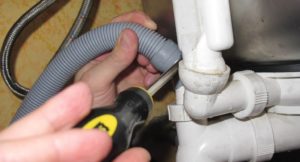 Often, fault code 2 is displayed on the display of the Haier machine due to a clogged drain hose. To disconnect the hose from the pump volute fitting, you need to lift the SMA housing. The fixing clamp is loosened, after which the end of the drain hose is removed. The second edge is attached to the siphon or directly included in the sewer network. There will be no problem disconnecting this end of the drain hose.
Often, fault code 2 is displayed on the display of the Haier machine due to a clogged drain hose. To disconnect the hose from the pump volute fitting, you need to lift the SMA housing. The fixing clamp is loosened, after which the end of the drain hose is removed. The second edge is attached to the siphon or directly included in the sewer network. There will be no problem disconnecting this end of the drain hose.
Next you will have to clean the sleeve. You can remove blockages by rinsing the hose cavity under running warm water.It is important that it is not boiling water, otherwise the material may be damaged. The stores offer many special products designed to combat deposits on the inner walls of hoses. You can use both liquid products and powder or tablet formulations.
Before using chemicals, be sure to read the instructions for their use.
If the blockage is too strong, you can remove it using a long, thin metal rod. One end of the wire is bent into a ring using pliers. Insert the rod into the hose and, using gentle movements, begin to clean out the formation. Afterwards the drain hose is washed with water.
Maybe it’s not even a blockage, but a kink or incorrect location of the drain hose. Therefore, before disconnecting the tube, be sure to make sure that it is not twisted or “moved” from its original place. If the hose has cracks or other damage, it should be replaced with a new one to avoid leaks. Fault code 2 can be eliminated with your own hands if you thoroughly clean the drain system and, if necessary, replace damaged elements.
Interesting:
Reader comments
- Share your opinion - leave a comment

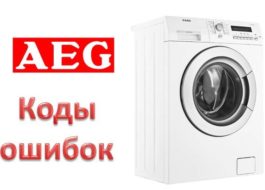
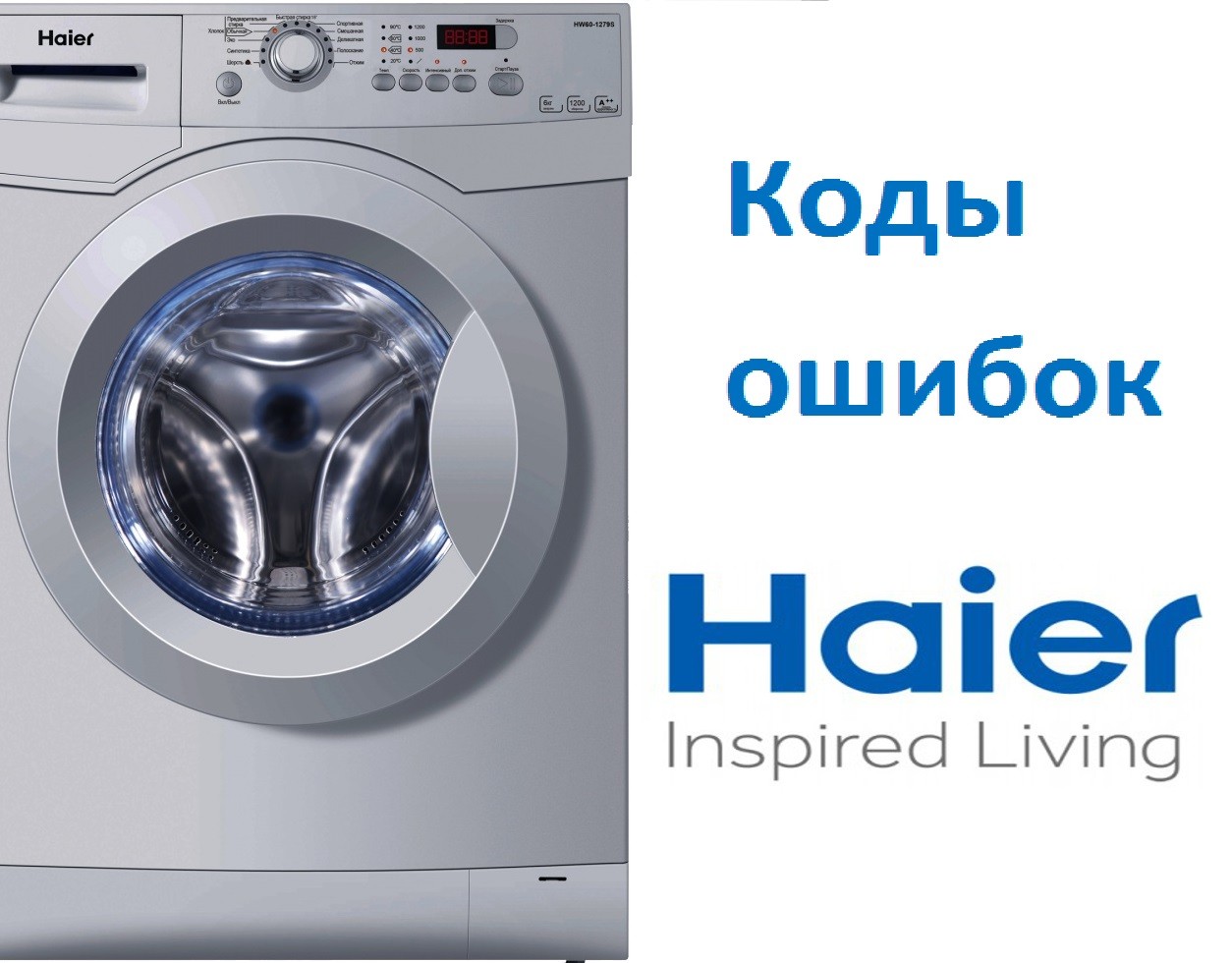


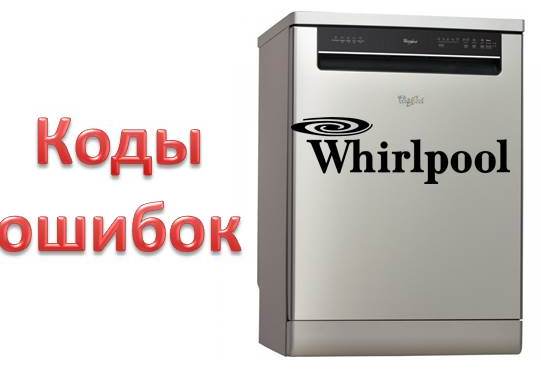
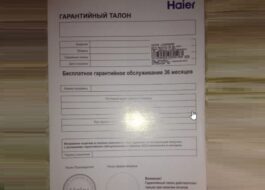














Add a comment